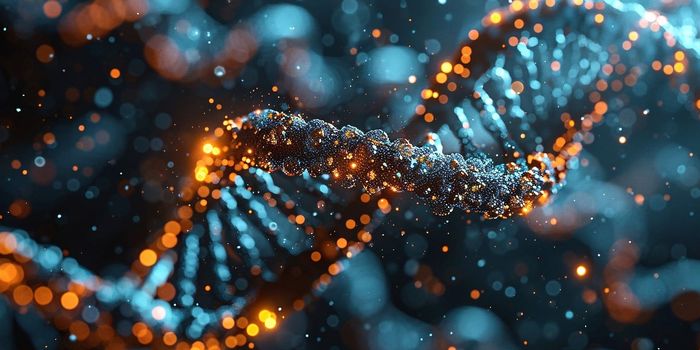Experimental "Trojan Horse" Tumor Destruction Approach Using CRISPR
A group of researchers are exploring a “trojan horse” tumor destruction model using the main tumor’s own cells. They published their ideas and outcomes in the July 11, 2018 issue of Science Translational Medicine.
Cancerous tumors are comprised of tumor cells that are dividing uncontrollably. Some tumor cells will drift out into circulation and return to the main tumor site via a built in “homing” mechanism. Researchers at Harvard have duped these roaming tumor cells into delivering cancer therapies directly to their main tumor, thereby initiating destruction of the main tumor. Sounds like an in-body sci-fi experience written for a new fiction novel.
New gene editing technology, namely use of CRISPR-Cas9, is how this is actually possible. Gene editing is the ability to change an organism’s physical DNA. New sequences or genes can be added, removed, or modified within the genome. CRISPR-Cas9 stands for clustered regularly interspaced short palindromic repeats and CRISPR-associated protein 9. Bacteria use a similar genome editing mechanism naturally which is why bacteria have been primarily been used as vectors for genome editing up until very recently. DNA is cut into small fragments and incorporated into a CRISPR locus so that when this is transcribed, the small RNAs have a new target which is then cut by the Cas9 enzyme. In this study, the authors removed tumor cells and using CRISPR, created the expression of a death receptor on these tumor cells which causes cells to enter apoptosis. These engineered tumor cells also included a mechanism whereby interaction with a particular drug would induce apoptosis of the engineered “trojan horse” tumor cell before it repopulated the main tumor site following loss of main tumor bulk or went on to start new tumor sites in the body.
The study used mouse models with primary glioblastoma, recurrent glioblastoma, and breast cancer. The therapeutic approach had discernable benefits for survival in mice; tumors were considerably reduced in size and reported that 90 percent of mice had increased survival weeks and months following the treatment intervention compared to the control mice (untreated) of which nearly 100 percent died within that same timeframe.
There are still many unanswered questions surrounding this approach that need further investigation but the potential for using this particular unique “homing” feature of tumor cells is undeniable.
Sources: Science Translational Medicine, NIH Genetics Home Reference, New England BioLabs, Scientific American,









